-
Posts
391 -
Joined
-
Last visited
Content Type
Profiles
Forums
Gallery
Events
Posts posted by Patrick Matthews
-
-
Most of the model is hand built from wood of course... but certain components were printed- either in plastic, or in wax for investment casting in bronze. Such as the struts and rudder footing. The footing works with the extended wood skeg, a common design layout in the 20's and 30's. This casting is missing from the boat at Finca Vigia, which leads some modelers to make some odd drive arrangements. If only they knew...
Hemingway had Wheeler make several well known modifications to Pilar, including the installation of an auxiliary 4 cylinder Lycoming for trolling. There is no evidence of this on the boat now, so this is also omitted from models.
.
-
- KeithAug, GrandpaPhil, thibaultron and 7 others
-
 10
10
-
PILAR build thread... coming soon to a forum near here.
Completed model gallery: https://modelshipworld.com/gallery/album/2157-hemingways-pilar-in-112/
Scratch built in 1:12 from photos and one original sales brochure.
-
-
- grsjax, MEDDO, thibaultron and 3 others
-
 6
6
-
Hard, tight fine grain, springy... maybe holly?
I can work brass, but this will be wood.
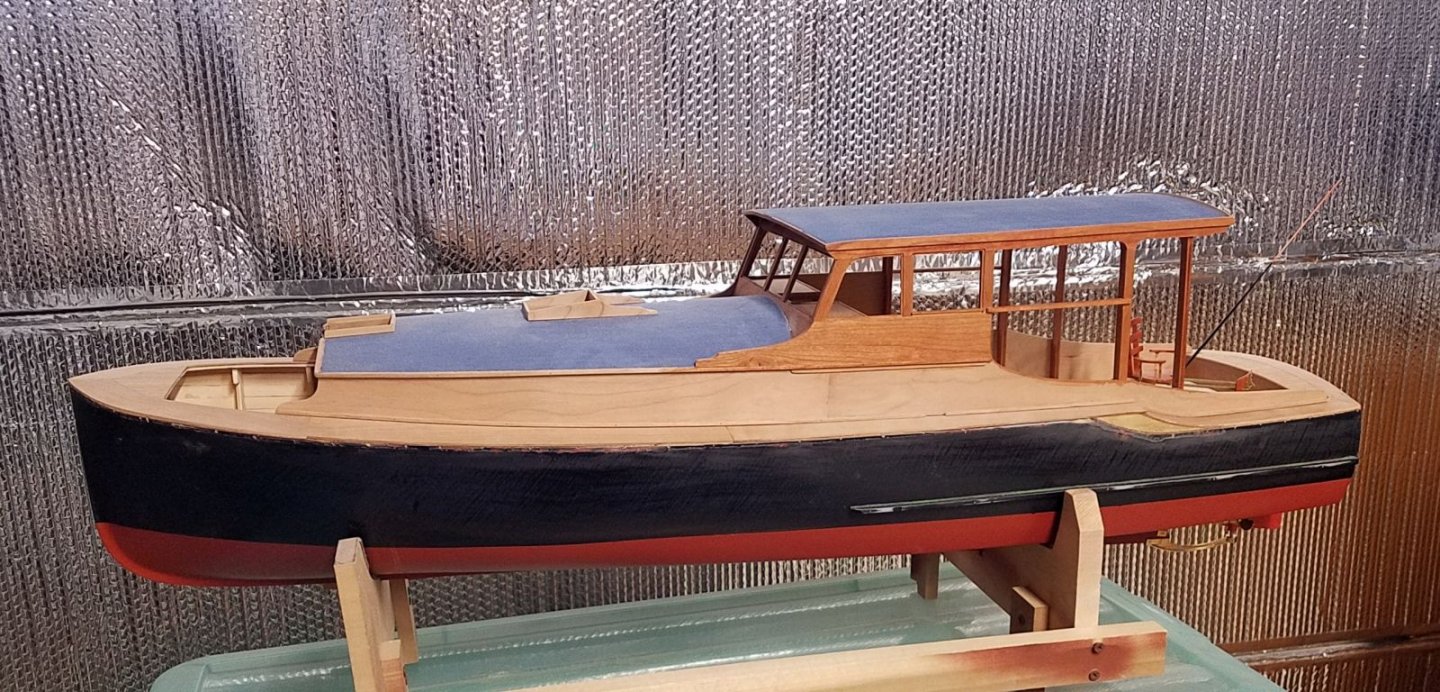
- thibaultron and mtaylor
-
 2
2
-
Well, not really spars... but the stringers in a fishing boat's outriggers.
I'm building "Pilar" in 1:12 as a functional RC model. Not for real fishing, unless a carp happens to jump in the back... but the enormous outriggers Hemingway installed on Pilar translate into 39 inch long assemblies of 0.083" (2mm) square stringers. Actually, the box-girder section is only about 23" long, but it's still likely to bang into things.
I'm about to start building them in cherry, but I wonder if something else would be more appropriate?
- thibaultron and mtaylor
-
 2
2
-
I just changed the drum for the first time on my Micromark thickness sander, after years of light use. Whaddapain.
Now, the machine works well enough for me, and it's solid and heavy. But the designer knew nothing of "design for service". What should be an easy abrasive change operation requires fiddling with a number of too-tiny screws, exposing the wire box, removal of TWO snap rings (the correct snap ring pliers must be in your kit), pulling a pulley off a shaft (need a small pulley puller), and the use of a special spanner wrench for the nut on the sanding drum- I lost the one which allegedly comes with the sander, but happened to have a suitable spare but only due to my having other machine tools.
But I did find that the sanding drum doesn't actually have to come out of the machine as the instructions show, which saves a few steps. Not easy, but the old abrasive can be worked off the drum and pulled out one side of the machine... still busted my knuckles doing that. -
Another option, which I *hardly* regret making- the once very inexpensive and now not so much anymore, Chinese mini mill and lathe. As offered by Micromark, Little Machine Shop, Harbor Freight and others. I'm happier with the MASS of these cast iron machines, as sometime I need to machine something a bit bigger. And yes I've added many tools over the years... some 20 years I've had these things.
.
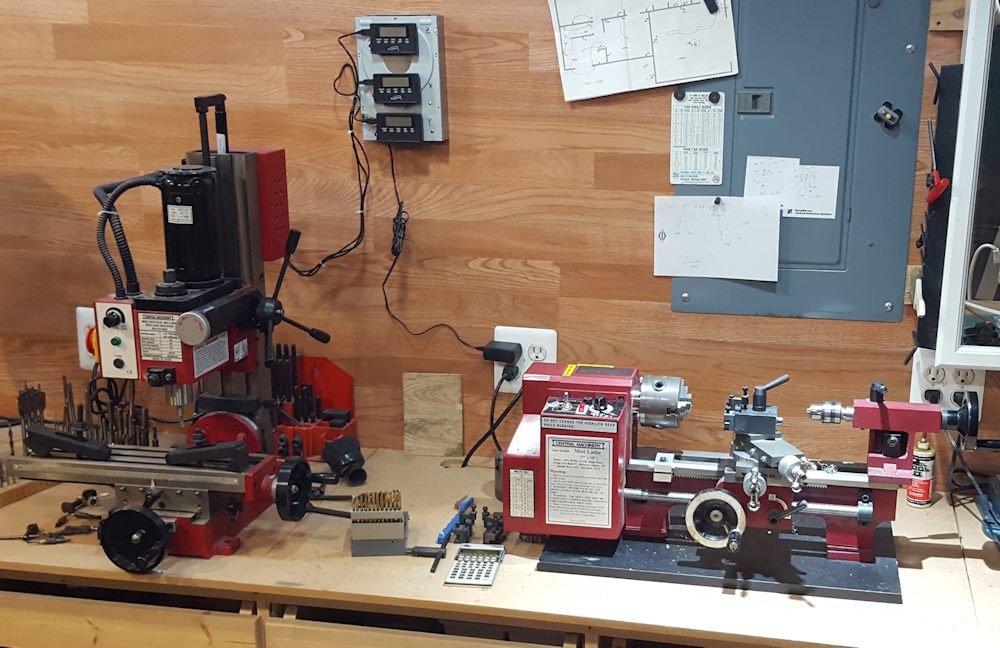
-
2 hours ago, wefalck said:
'Fine detail plastic', at least in Shapeway's parlance is acrylic resin, right ? Then it should take acrylic paint very well, just like Plexiglass does.
It takes acrylic and enamel just fine. But for either (and Shapeways will not tell you this), you MUST post cure with UV light to complete the solidification process. Shapeways happily ships parts with an incomplete cure, and the traces of uncured resin WILL leech out and ruin the paint.
-
Nylon- smooth nylon is not so good for painting. But this is fused powder, so primer/filler paints lock on mechanically. I have had no problem at all painting it... but again, I would prefer the "fine detail" plastic for this sort of work, which takes painting just fine, even on its smooth surface.
-
First, kudos to those who can use handwork to create beautiful shiny metal parts from real metals. Me- I'm lazy, and will go to 3D Printing every time!
I have previously shown that 3D Printing can be used to create waxes for lost wax casting of real metal parts in a variety of alloys. As one might expect, it's not a low cost approach, especially for larger parts.
But a modeller in the UK shared some results that offer another approach. He's working on a large scale Admiral's Barge, which features a polished brass stack and cowl vents. I designed the parts for him, and he procured them in the lowest price 3D Printed plastic, sintered nylon (grainy porous stuff, "fine detail plastic" would cost twice but be much easier to work with). Anyway, he filled the grain, polished that, then applied silver-bearing conductive paint. Next, brush plating of copper (which can be further buffed), followed in this case with brass plating. One can also brush plate nickel for the look of stainless or a fair-enough chrome, or invest in rhodium plating for a more convincing chrome.
Pictures show the raw plastic parts and the final product.
- Chuck Seiler, RichardG, reklein and 21 others
-
 24
24
-
Yep, the products are offered by market... in this case, for the builders of the very common 1:350 battleships.
The smallest stud link chain I ever printed was 13 links per inch, suitable for the new 1:200 plastic battleships. It couldn't be produced reliably, so I gave up on it. I still get plaintive calls- "do you have any more chain???" This PE chain could be available for 1:200 BB's, would be a little easier to work with!
-
That 2nd one is photoetched 0.005" brass... here is the maker's page: https://www.whiteensignmodels.com/p/WEM+1350+Battleship+Stud+Link+Anchor+Cable+PE+35157/10061/#.XsavsWhKiUk
-
-
I have done nickel plating at home, relatively inexpensive and easy. I wouldn't recommend rhodium plating for an amateur, even though you can buy the supplies. A 500ml bottle with 1g Rh costs almost US$500. Here is a video demonstrating an available set-up for a jeweler:
https://www.riogrande.com/article?name=How-To-Rhodium-Plate-Jewelry-Video
The cost for the plated Rh is small, as there is so little used.... just as with gold plating. But the investment to do it properly is a disincentive!
-
- mtaylor and Scottish Guy
-
 1
1
-
 1
1
-
-
Exactly, Kurt... 'tis easier to "carve" many parts from solid, rather than assembling little bits. A mill is not required... a drill press and a jeweler's saw will often get you 90% of the way. Files and polishing for the rest.
Myself, I now 3d print most of these parts (waxes actually, which are fed into lost wax casting). Below: A tree full of printed cleats. The color is misleading, they are unplated brass.
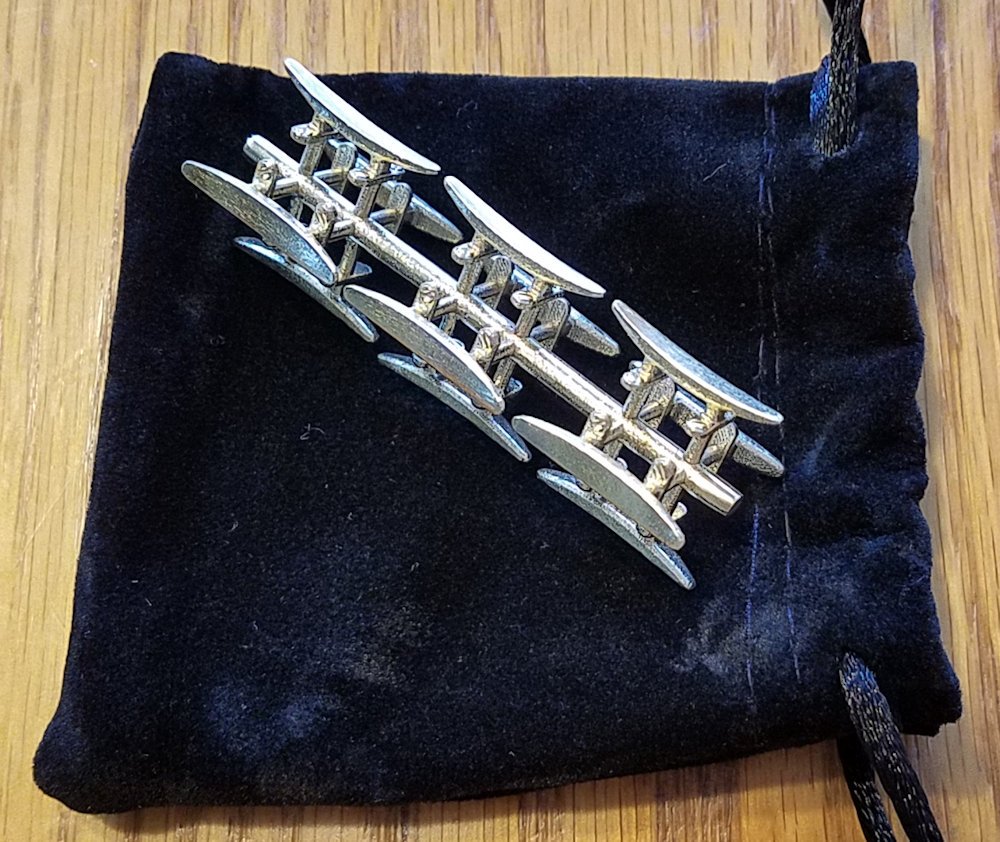
- mtaylor, kurtvd19 and Duanelaker
-
 3
3
-
I respect all who wish to make a hobby all in itself of photoetching. Having done some PCBs and etched model parts myself, and having dealt with the nasty chemicals, I decided the better approach was to take the same money and pay a specialist for better parts. I've had good luck with Hauler in the Czech Republic: https://www.etchworks.eu/
- mtaylor, thibaultron and Canute
-
 3
3
-
No question, this is a challenging part... almost as bad as stainless steel cutwaters!
But it is possible, and is easier in larger scales. The pictures here are for a 1:8 scale model, and all is done by hand (by a friend, who has alien powers). The plastic windscreen is sandwiched between brass frame parts, which are secured with very small watch screws. Note that the plastic is curved in a single direction, not compound curved... the cross section is an "extrusion" in the direction of the center frame. The intersection of this extrusion with the deck is tricky!
Work with brass... it can be polished and plated... silver and "chrome" paints will never look good. You can do a convincing job with brush-nickel plating. This takes nothing more than clean polished parts, a special solution, and a metal acid brush connected to a 3V source. You may get even nicer results by going to a jeweler for a pro polish job and then rhodium plating... rhodium looks just like chrome, and jewelers regularly replate rhodium rings and such, as the rhodium is a bit soft and wears off over time.
The shiny parts shown here were 3d printed in brass (printed waxes, used in lost wax investment casting), and then professionally polished and rhodium plated.
I have also used the 3d brass printing process to make older style windscreen frames, see examples below.
-
-
-
This was the main reason I got into 3D Printing... cowl vents! Maybe the most painful part on a model ship to make. Yes I know about carving masters, been there. And I know about the copper plating method, no thanks. But they are dead simple to do in 3D printing, with nice thin walls and properly shaped cowls- I have even done the segmented style. But please, you don't have to use "bowl on a stick" vents!
- mtaylor, steamschooner and John Allen
-
 3
3


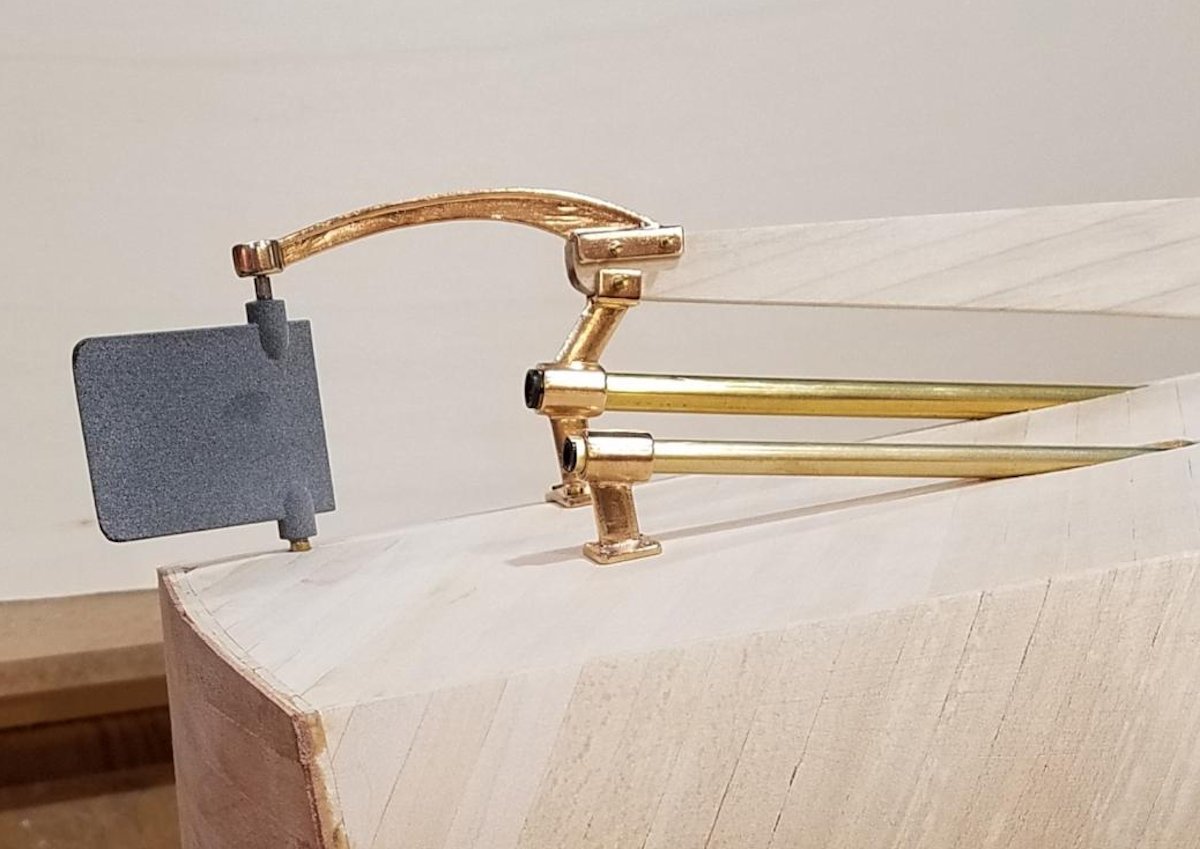
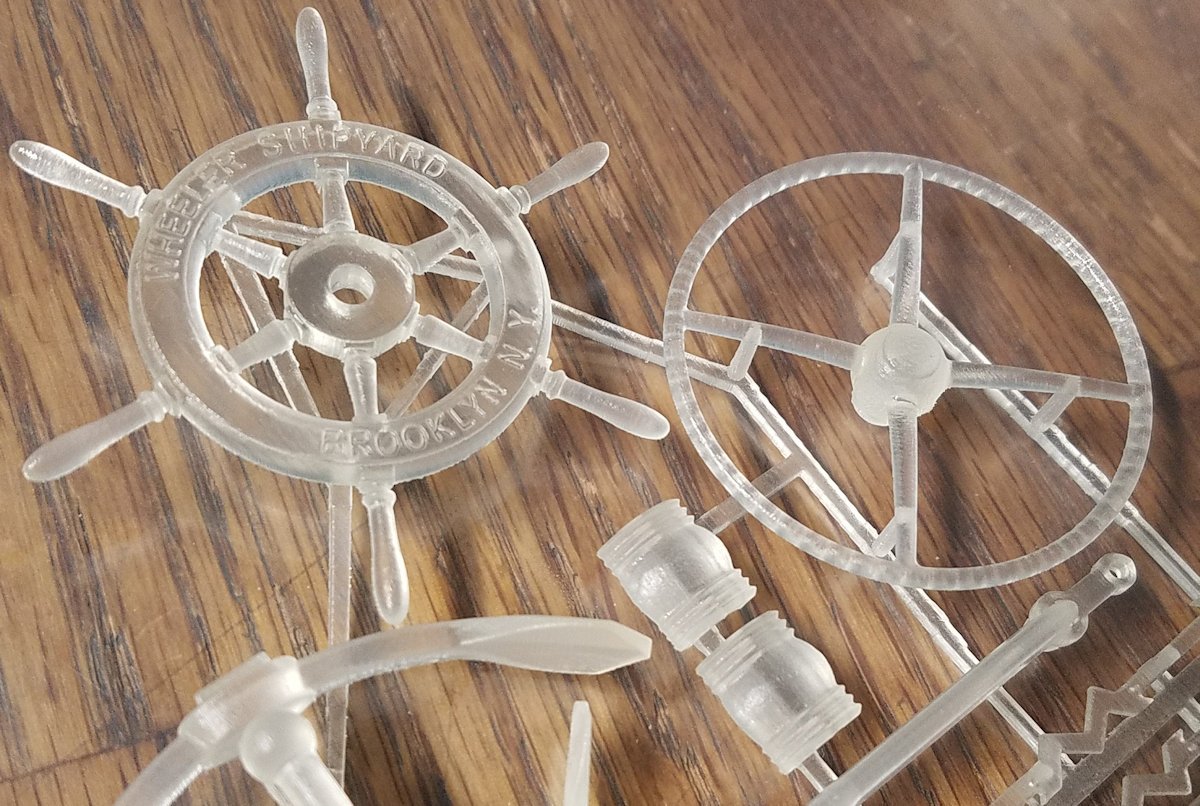
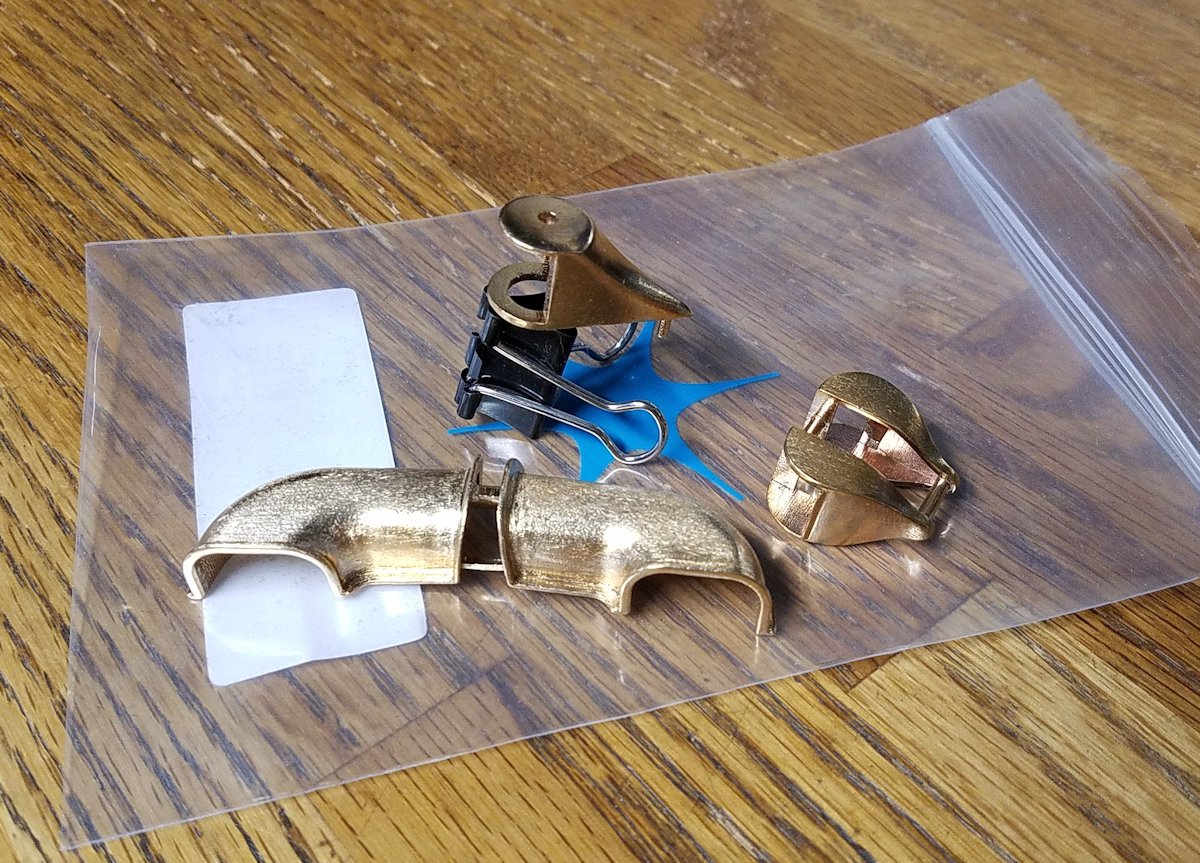
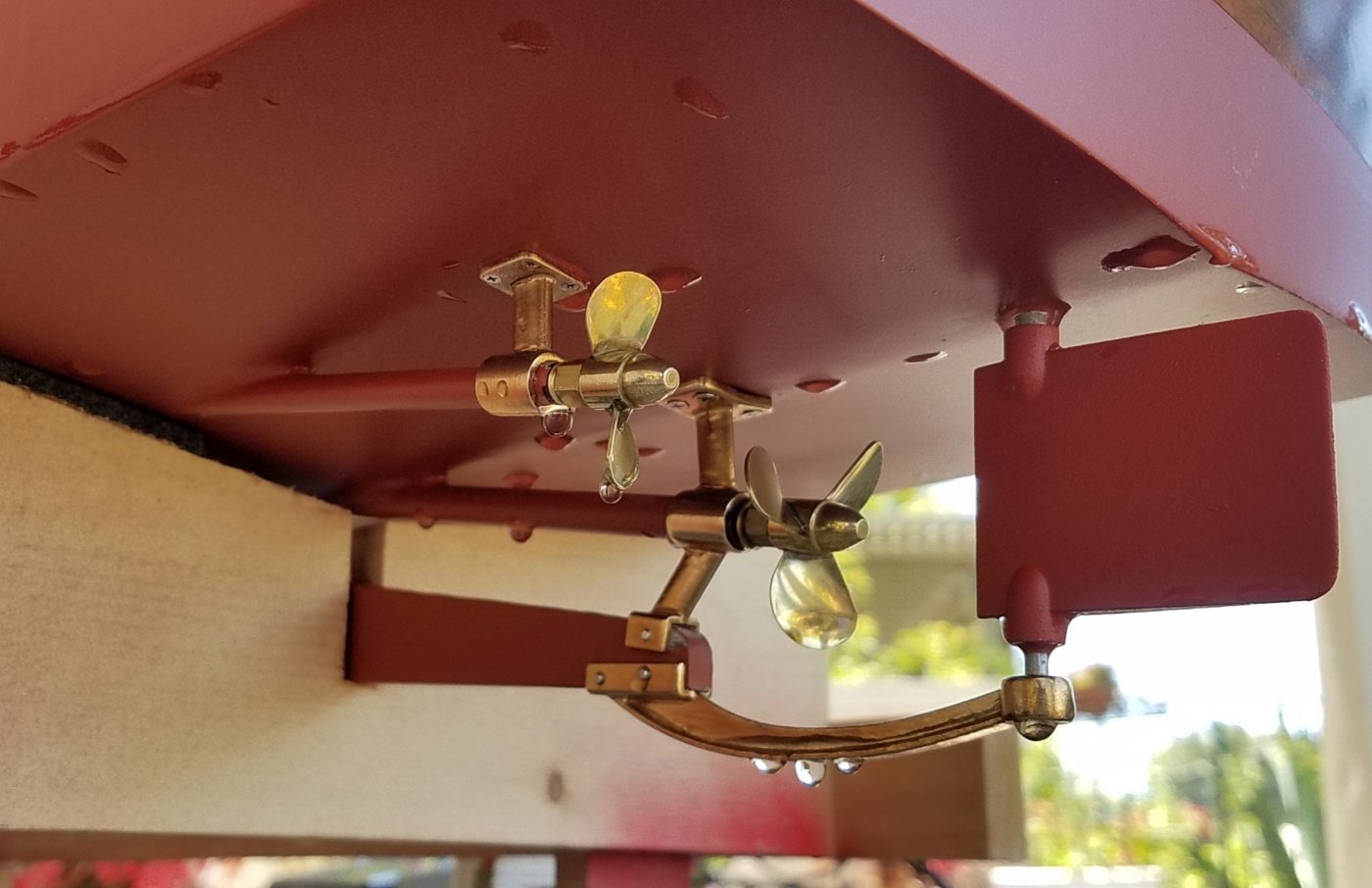
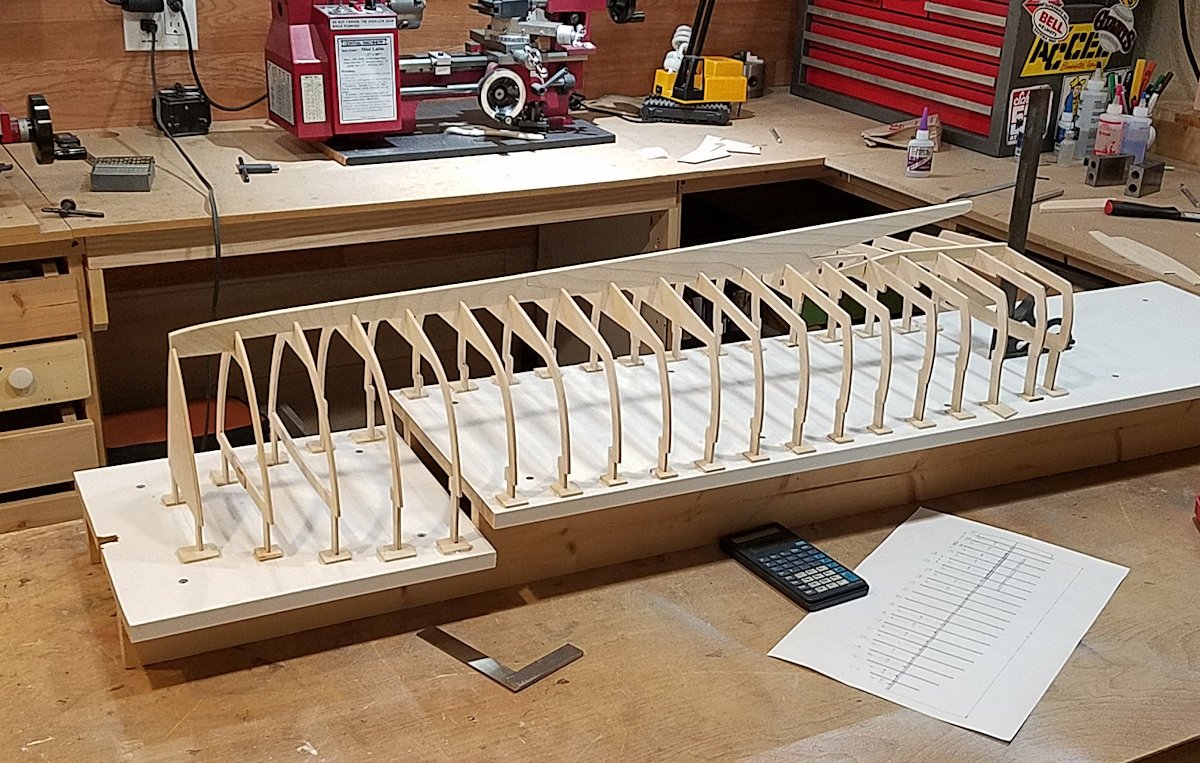
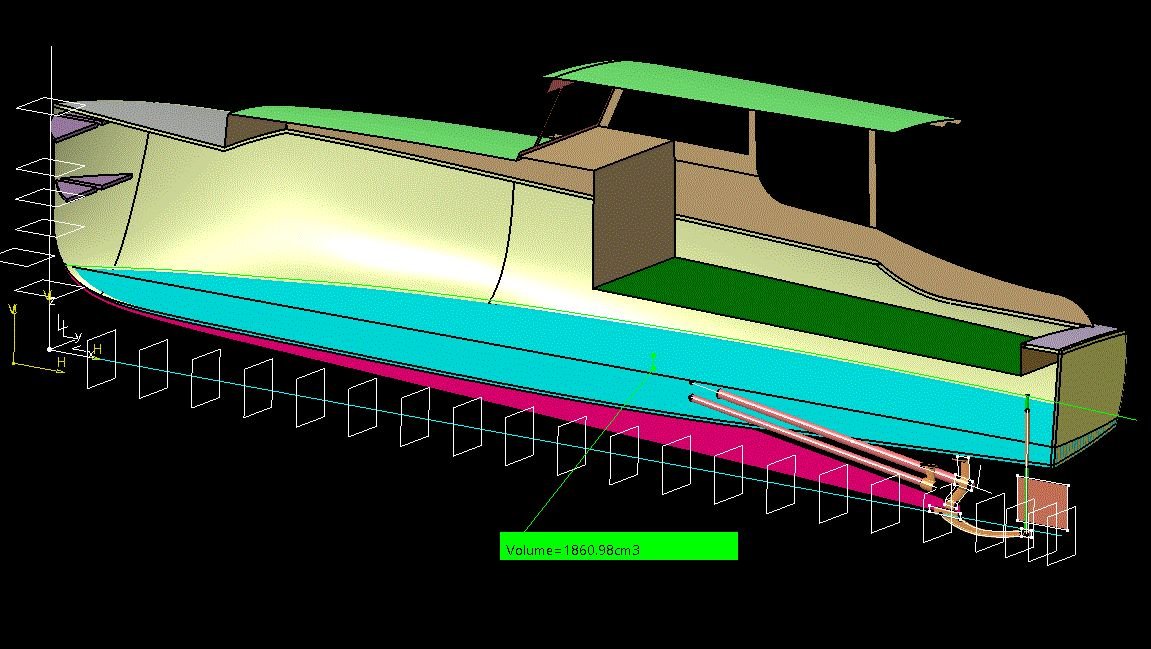
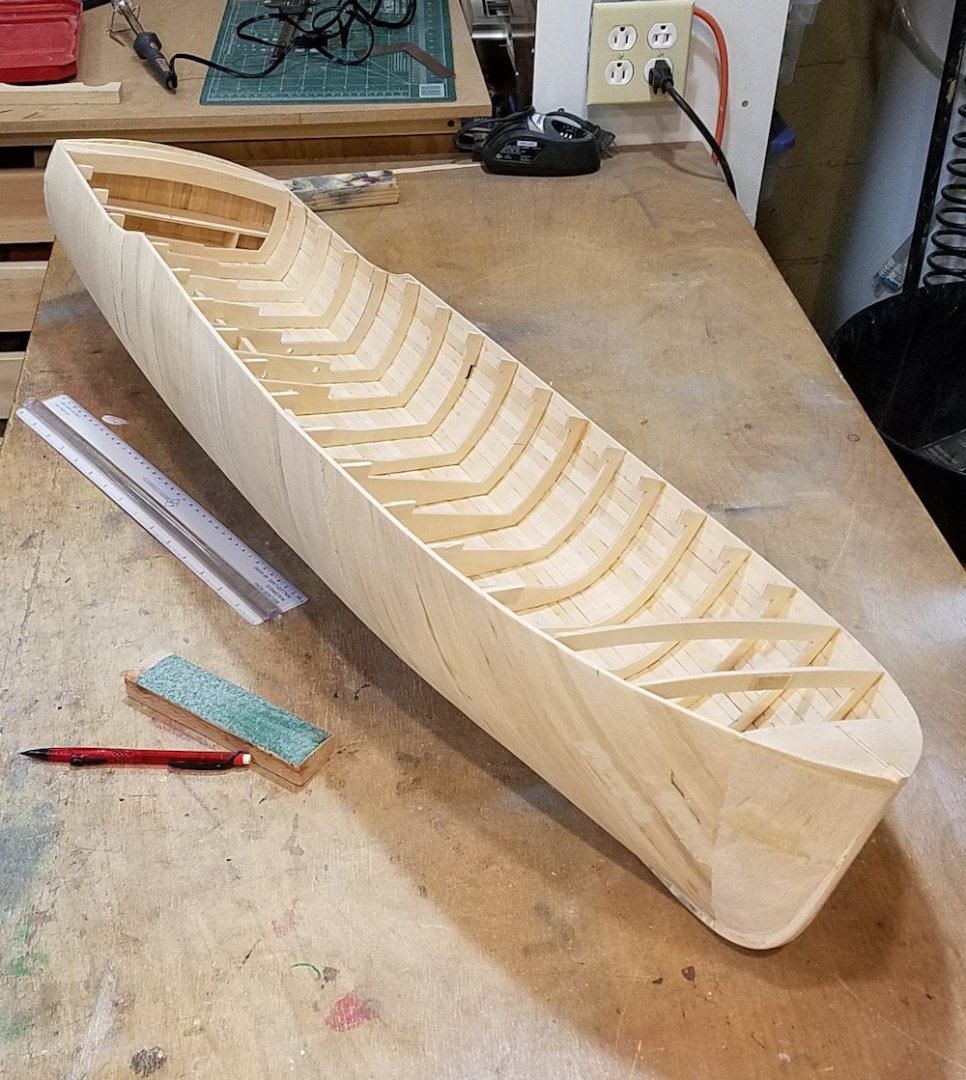
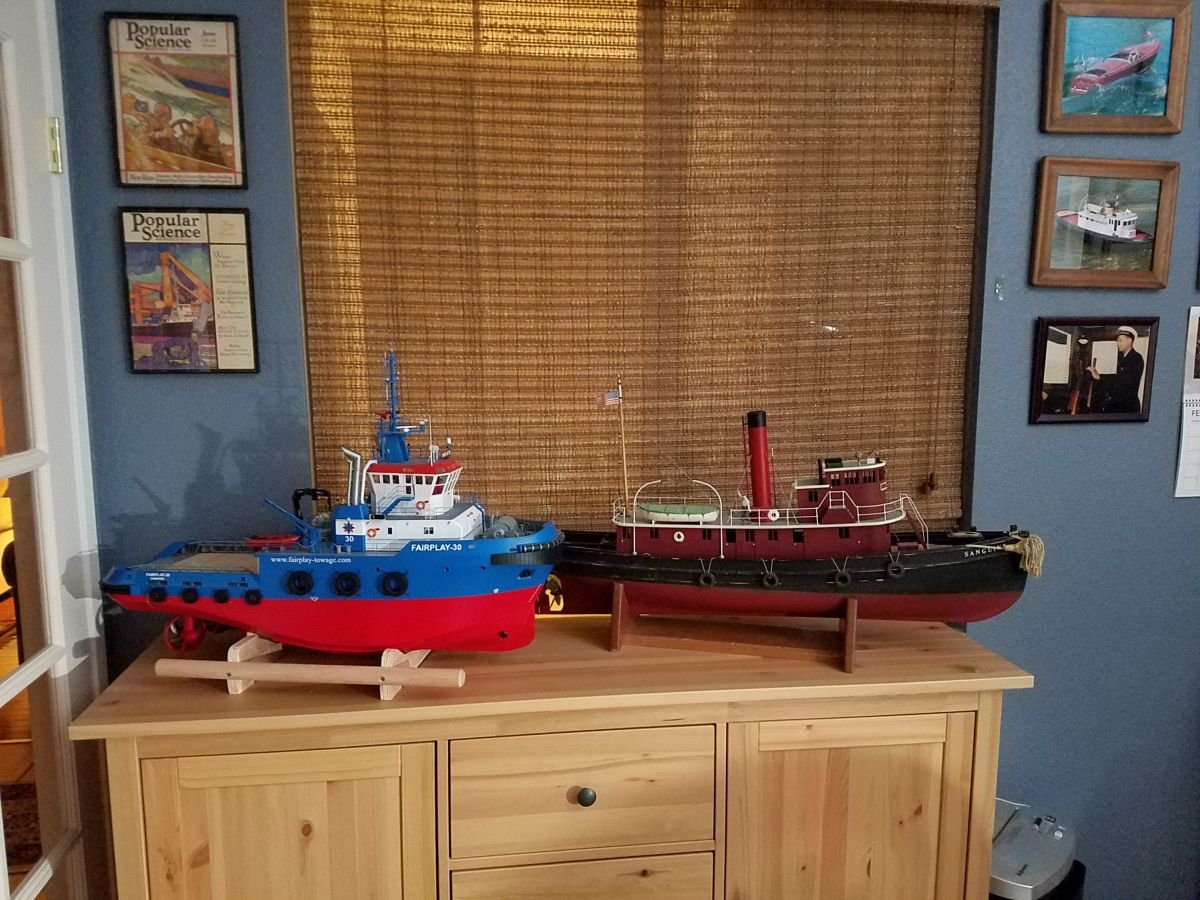
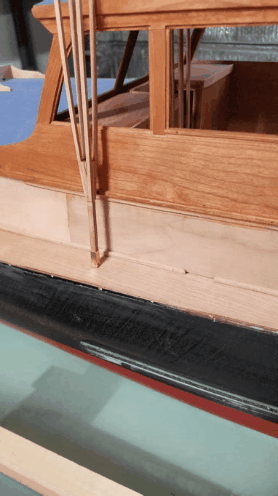
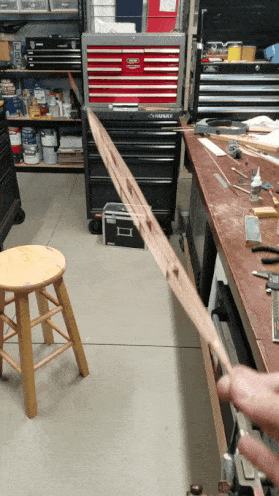
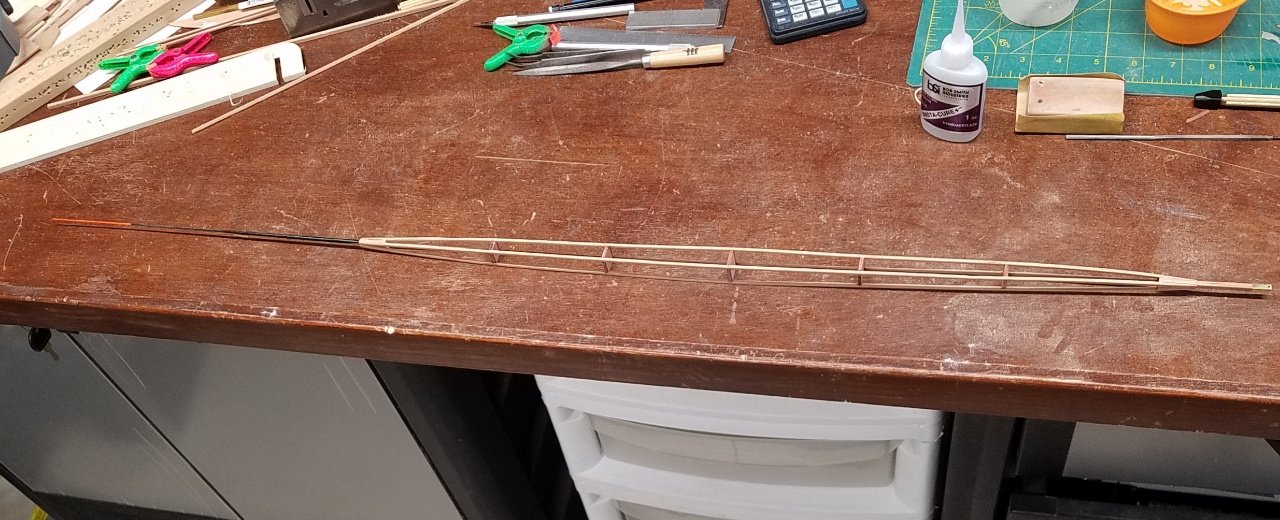
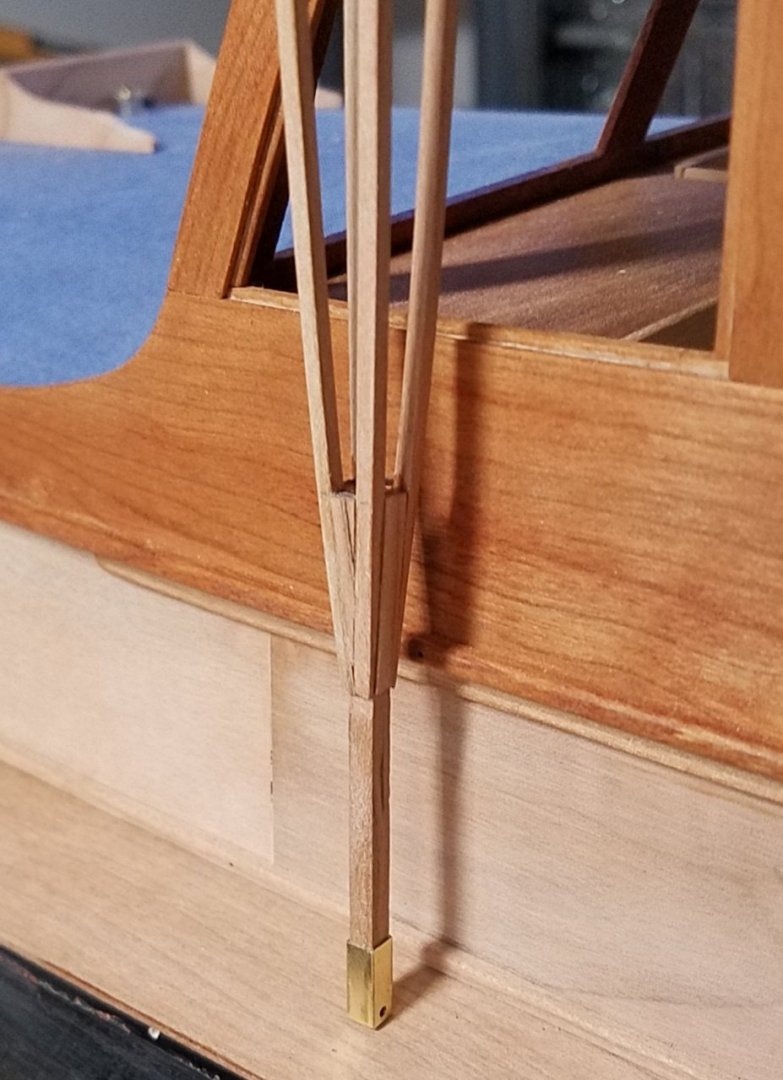
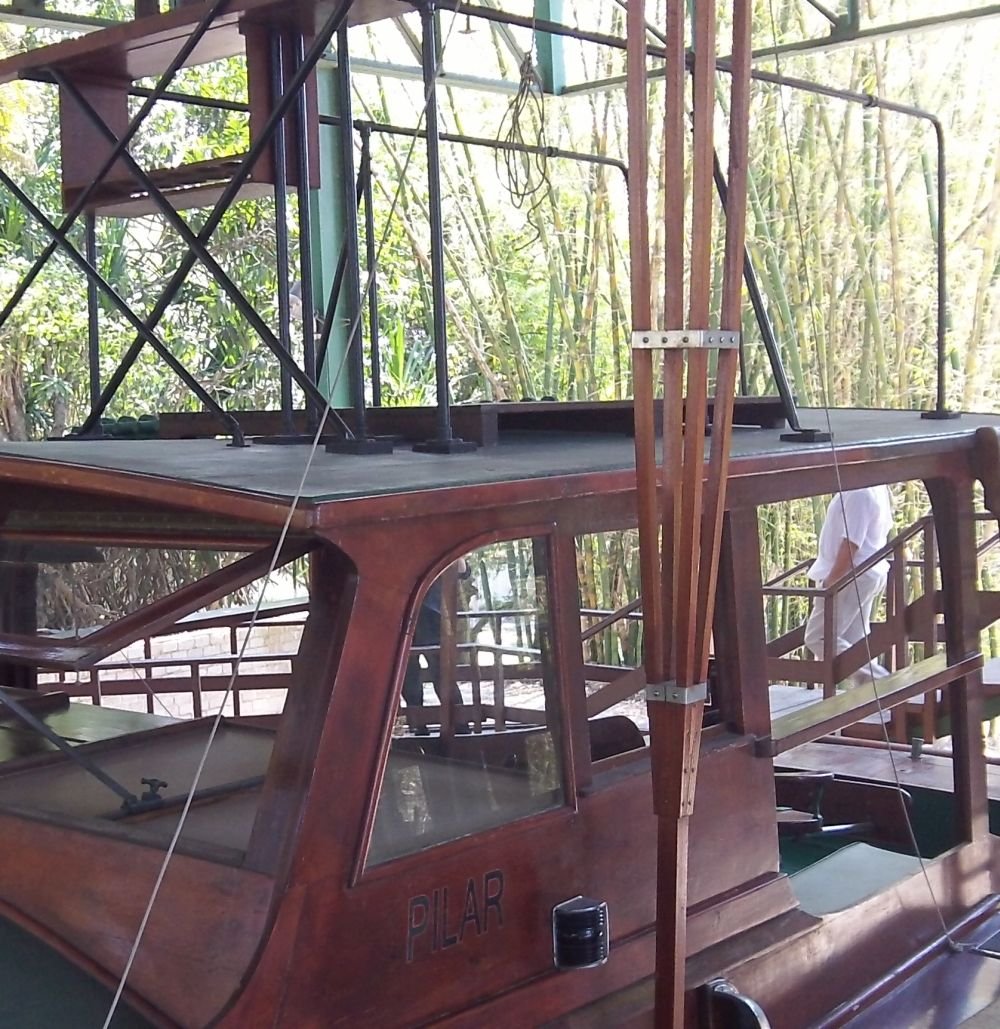
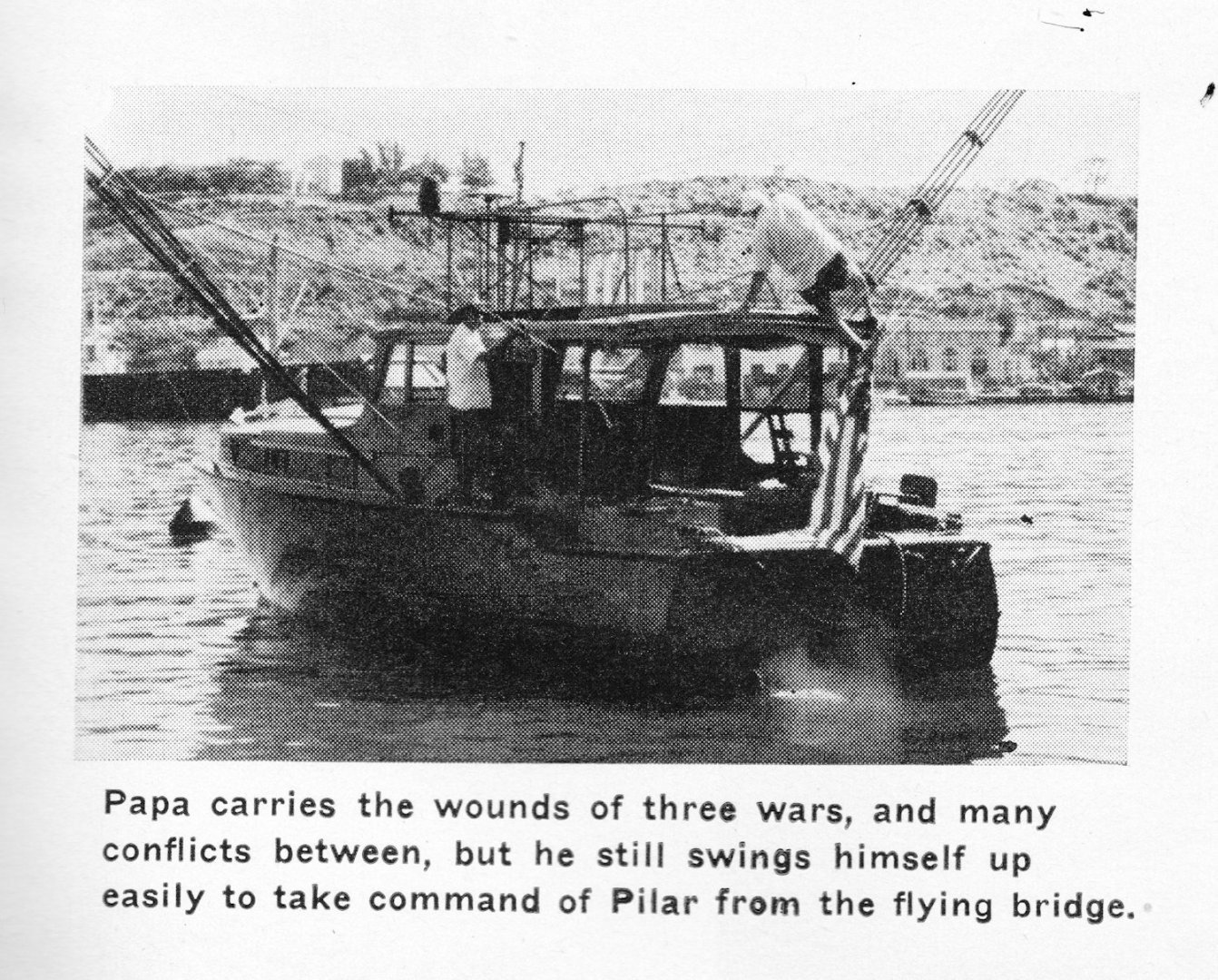
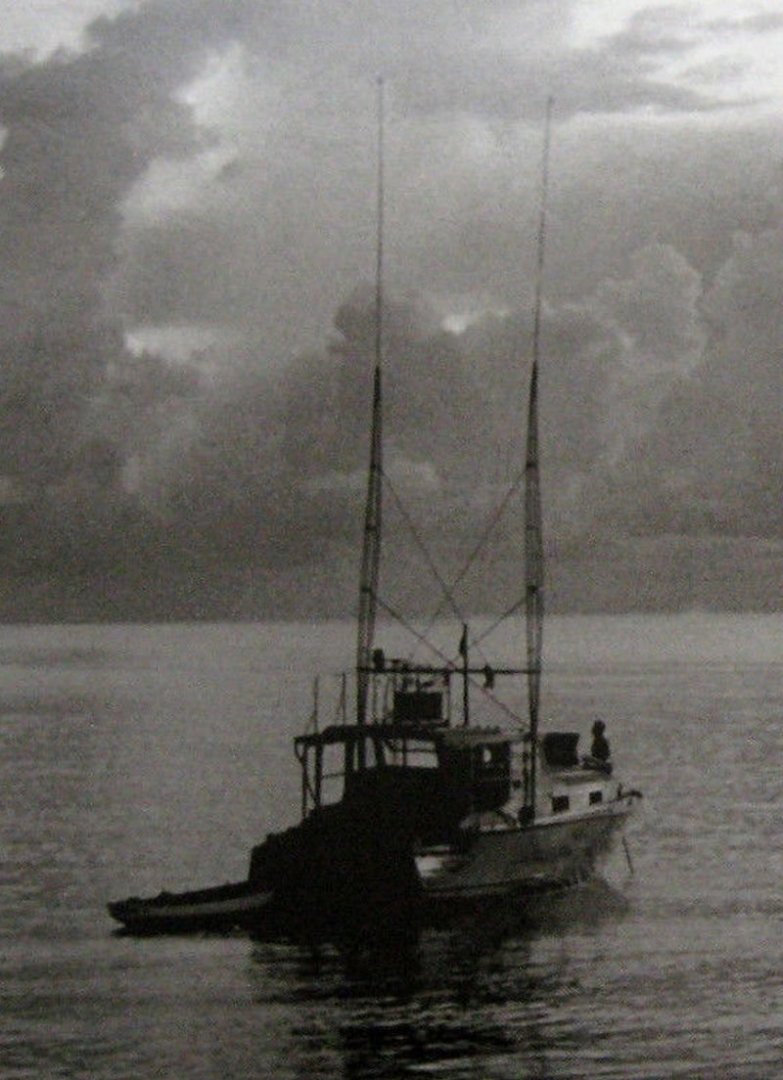

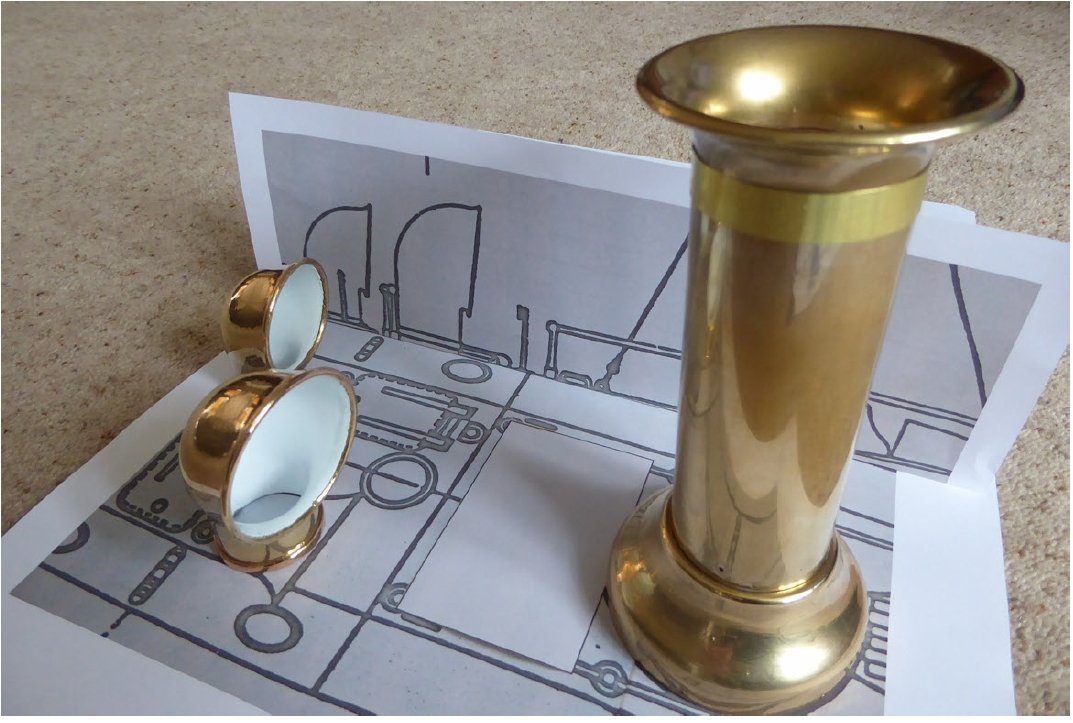
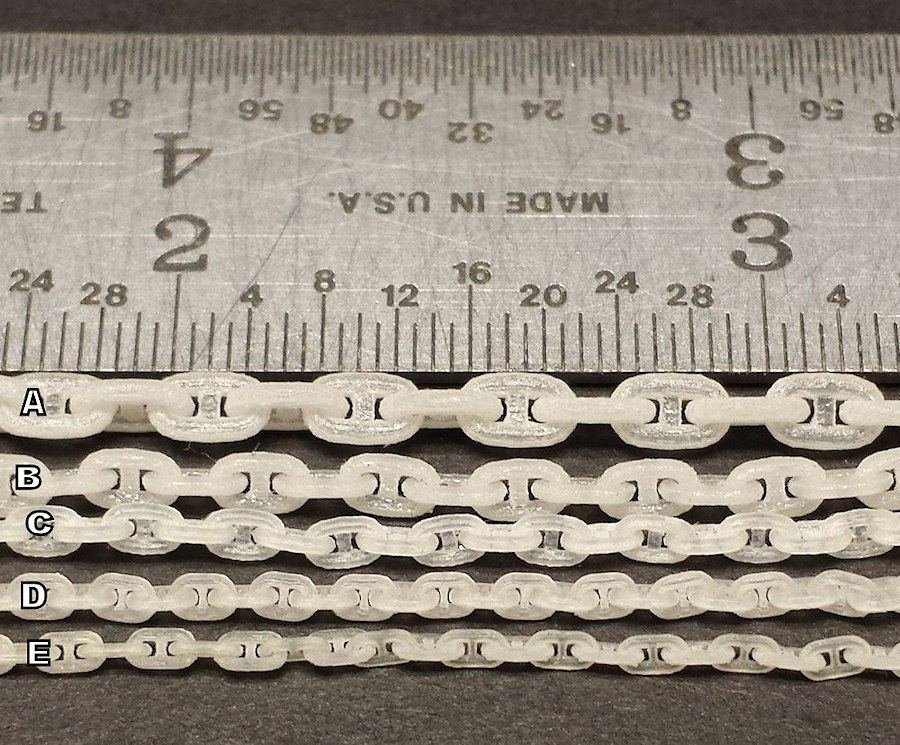
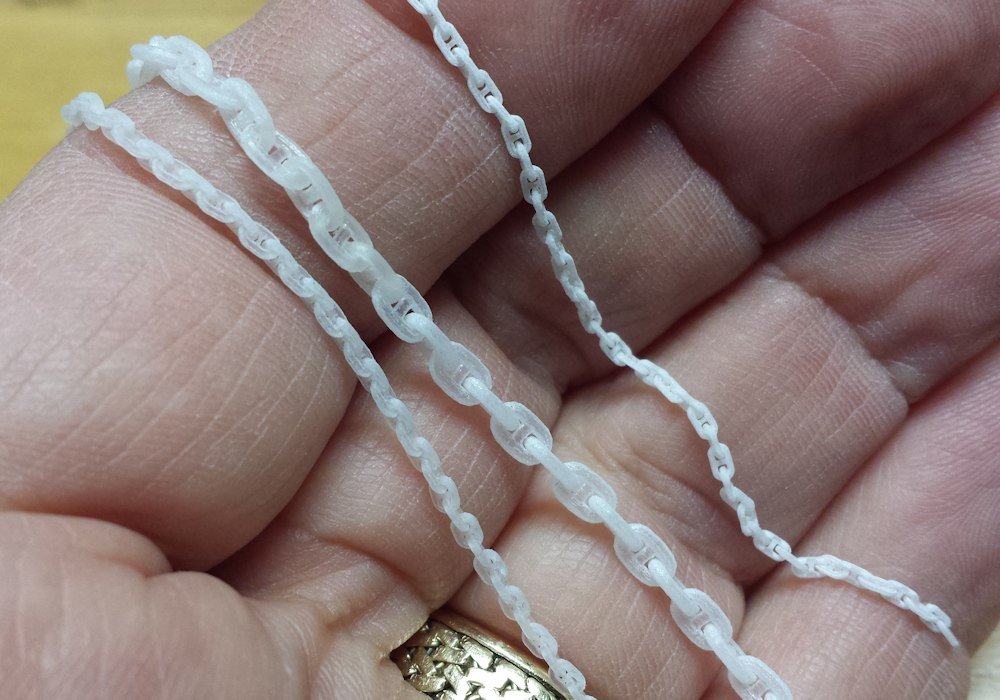
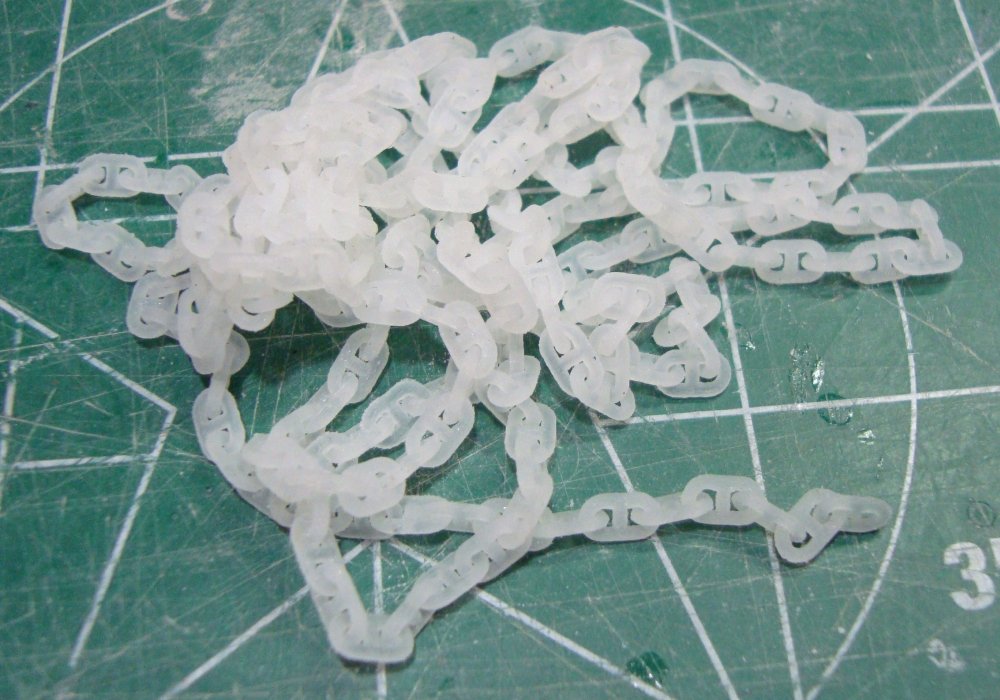
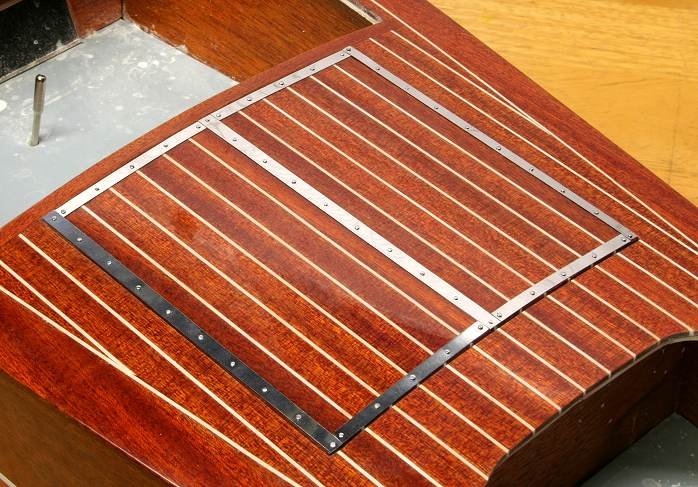
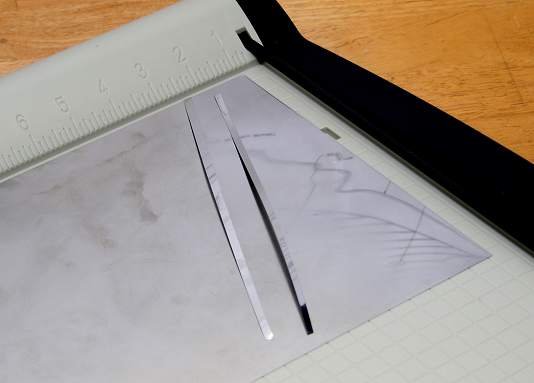
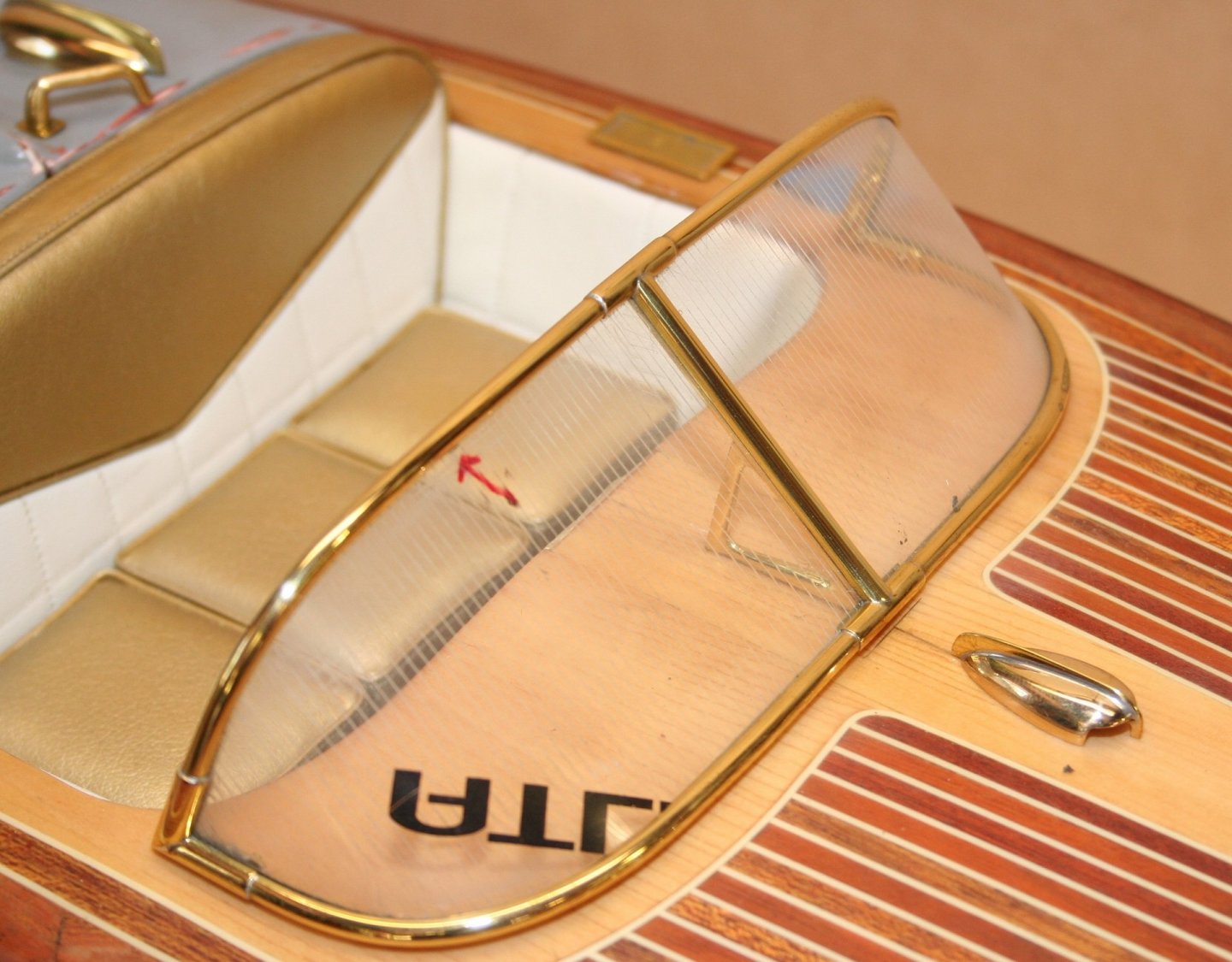
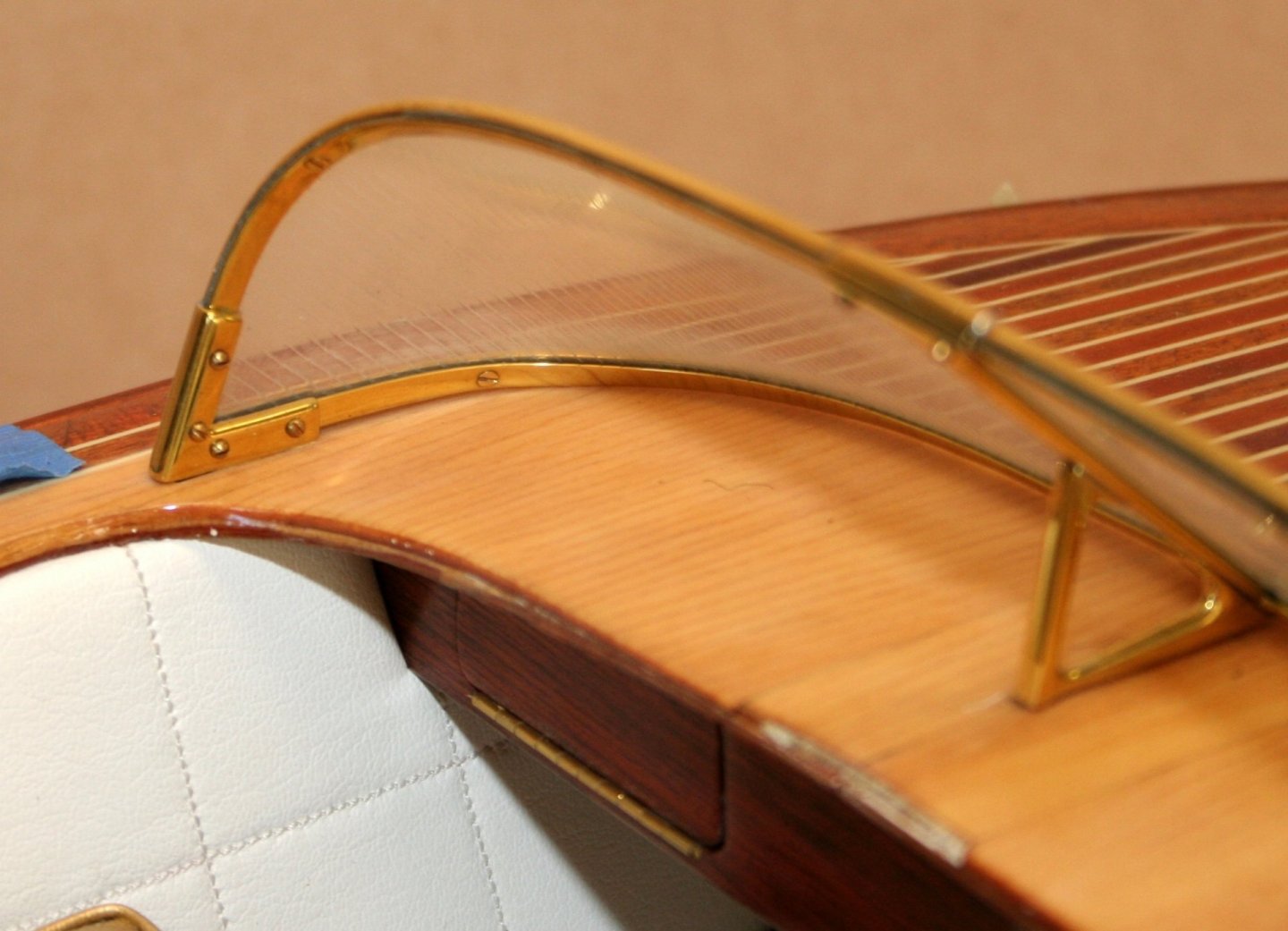
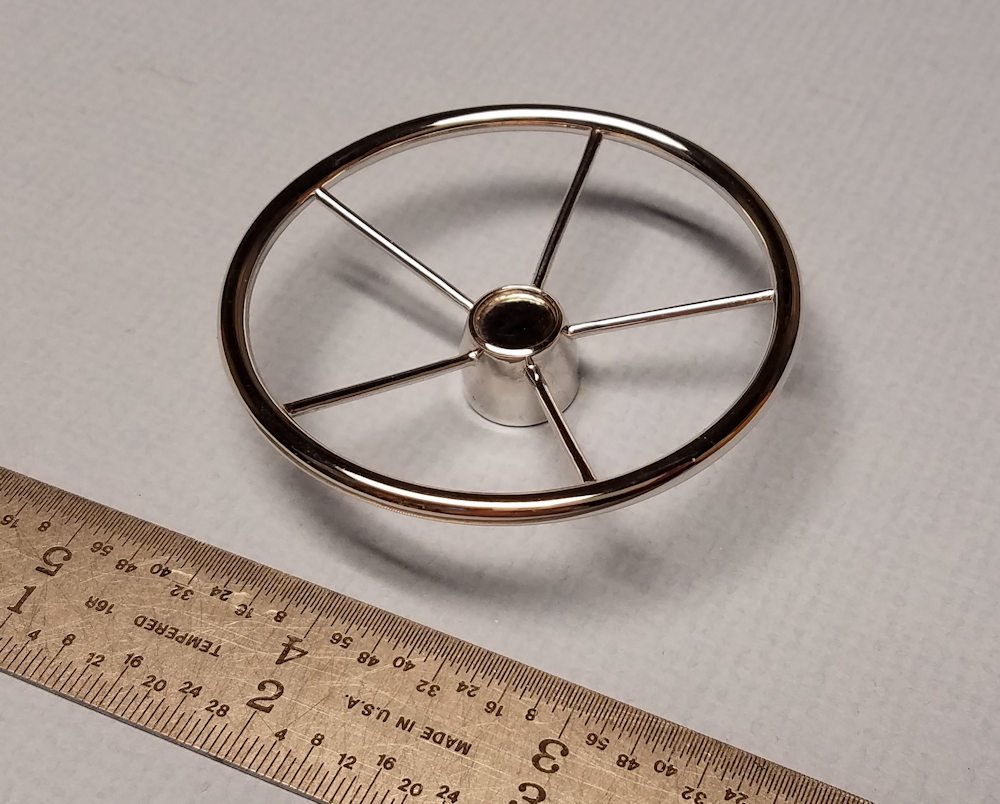
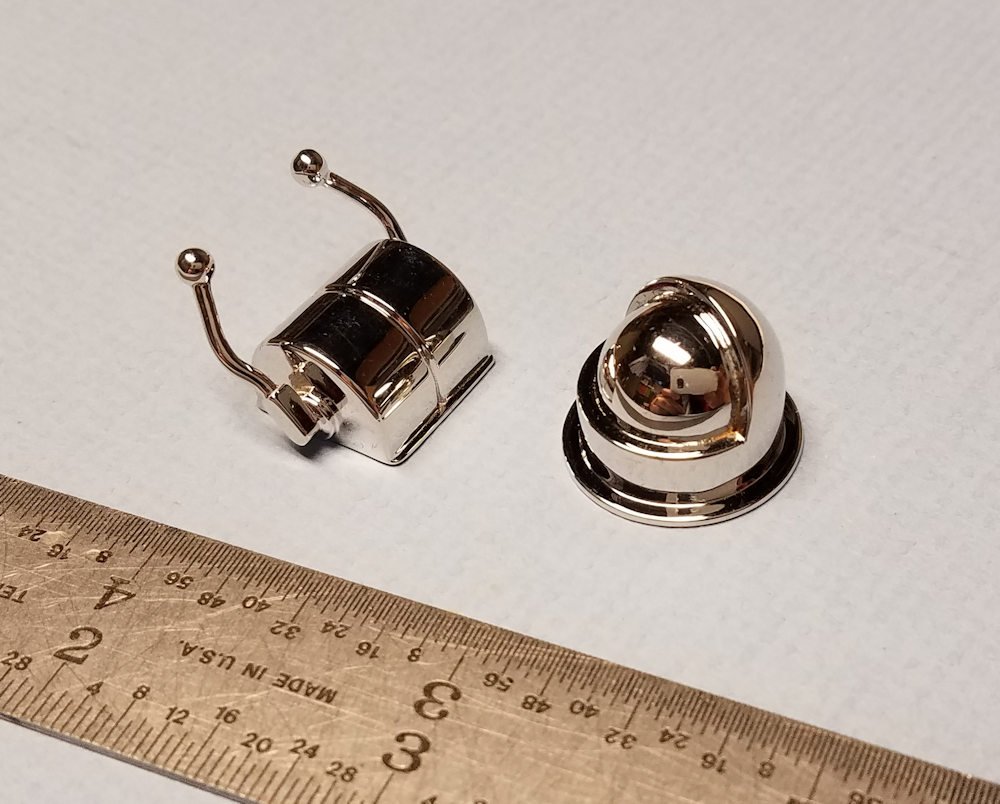
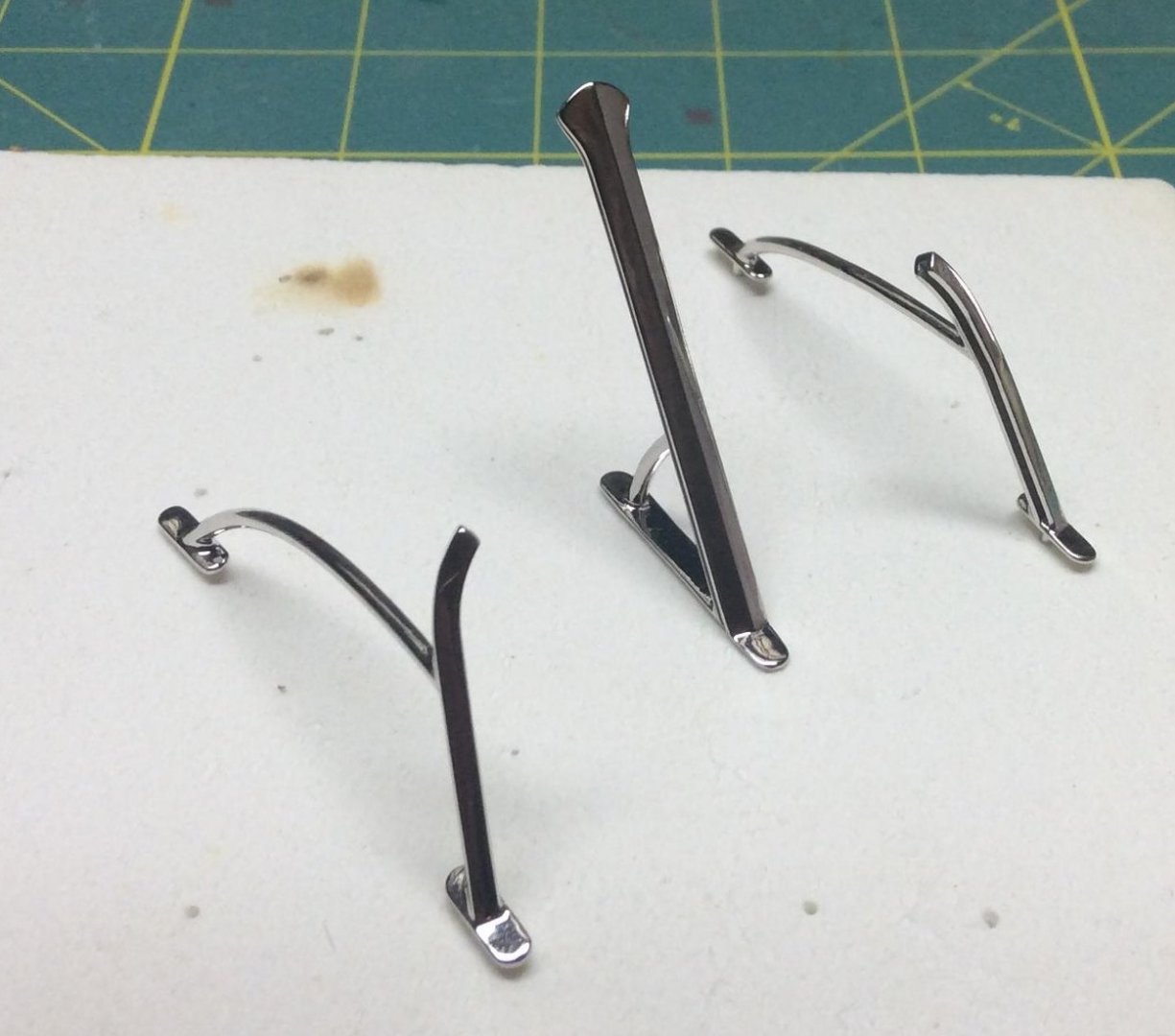
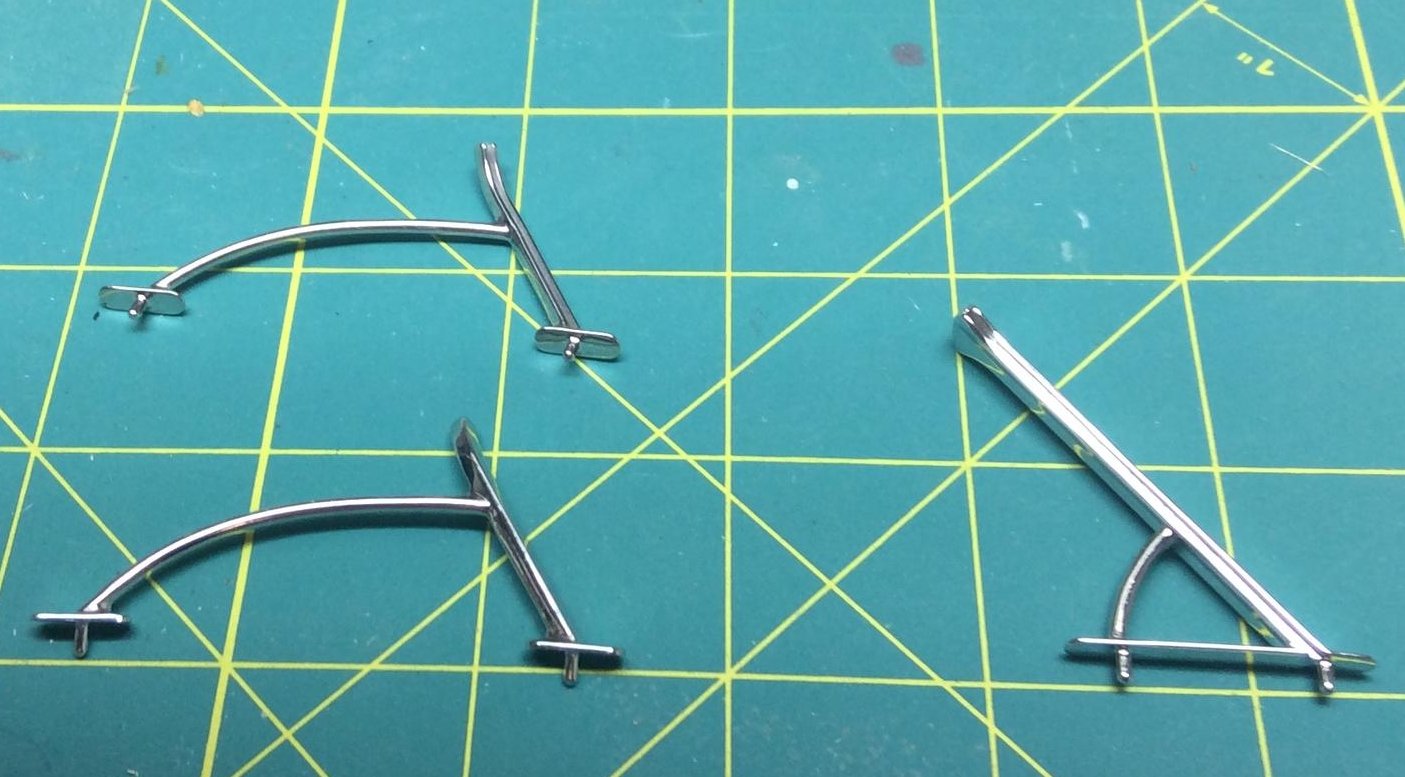
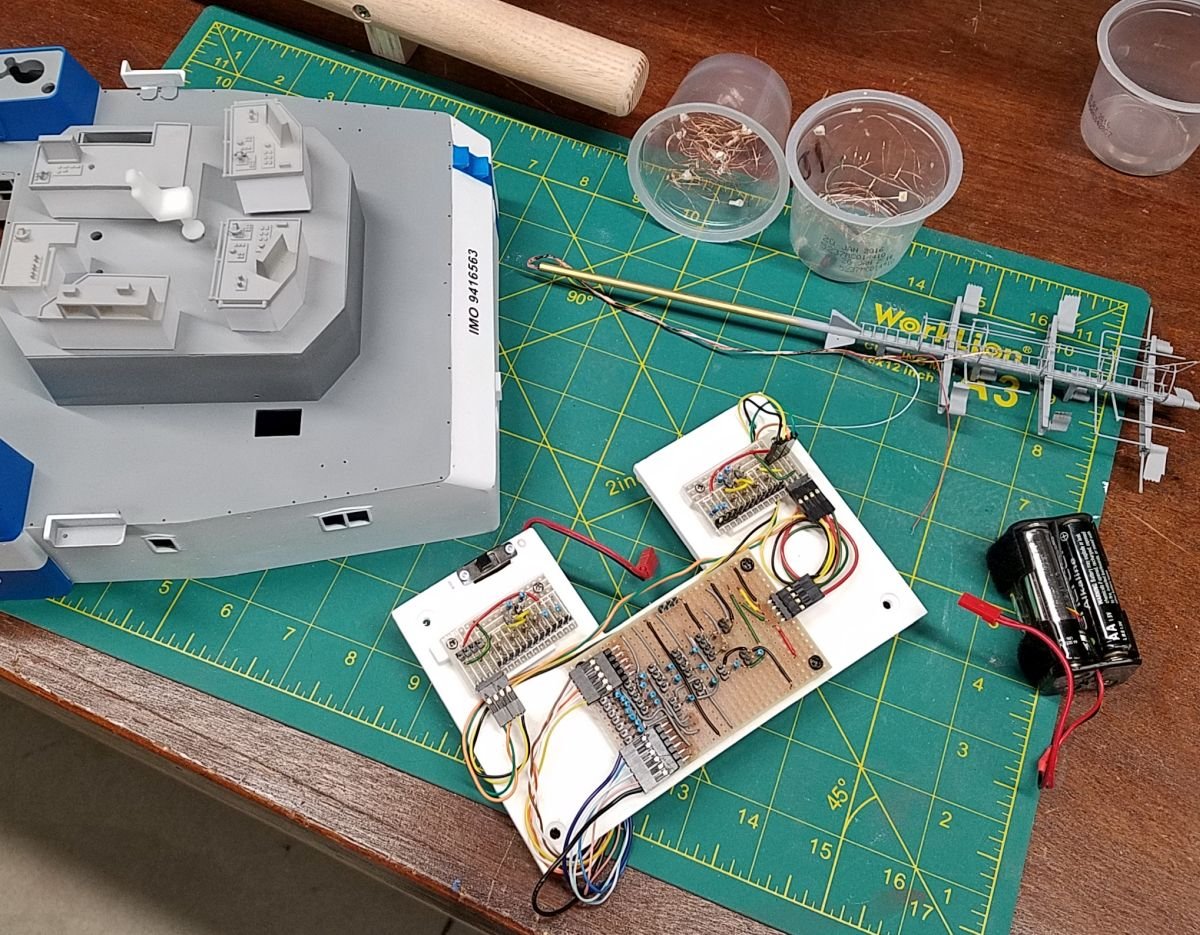
![710x528_19708174_9614576_1501433158[1].jpg](https://modelshipworld.com/uploads/monthly_2017_08/5983ac397582d_710x528_19708174_9614576_15014331581.jpg.f7f08cdefe81fcc9726c4f96e0f70d0b.jpg)

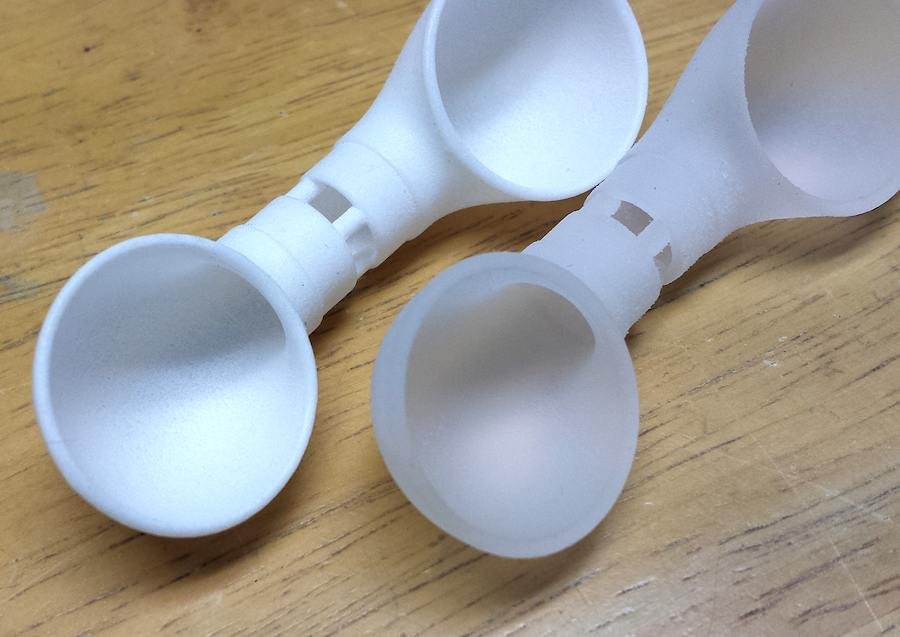
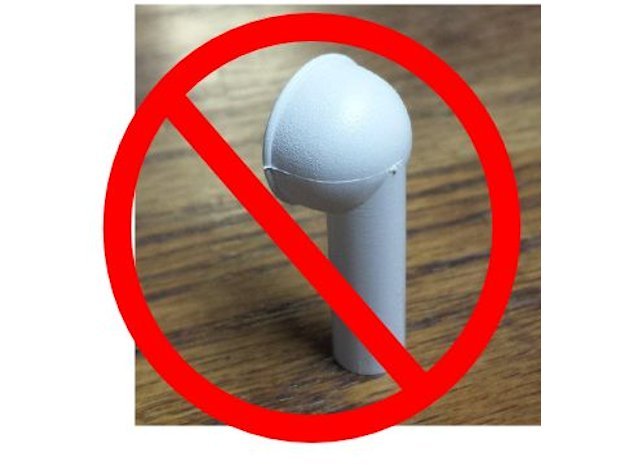

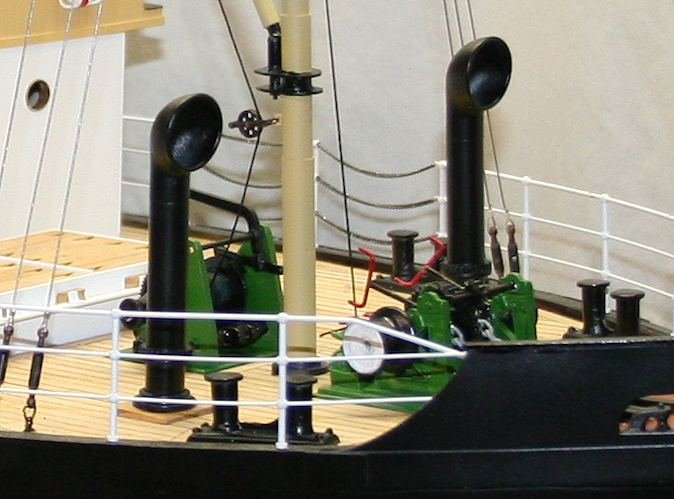
PILAR by Pat Matthews - Radio - Hemingway's Pilar in 1:12
in - Build logs for subjects built 1901 - Present Day
Posted
Source material: Many many photos, both historical and from tourists to Finca Vigia. Many of these nice folks post high resolution images on Flickr and elsewhere- very helpful, thanks! There's also one page from a Wheeler brochure showing the profile, but with a somewhat different cabin... still helpful for working out basic dimensions.
The grandson of Wheeler went to Cuba and measured Pilar in order to develop a modern take on the boat. But he won't share, I tried.
And yes I know about the several fake Pilars, none are useful for determining original features.
There's a Popular Boating issue from 1957 that has some good (and some imagined) information.
.